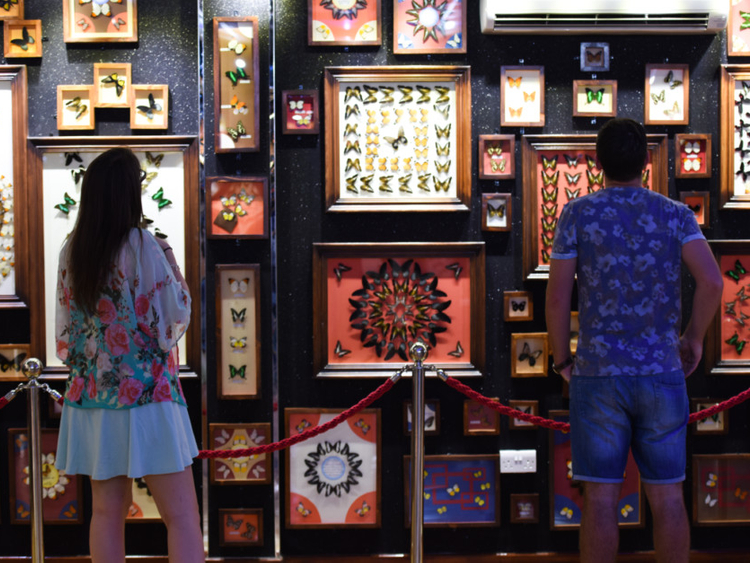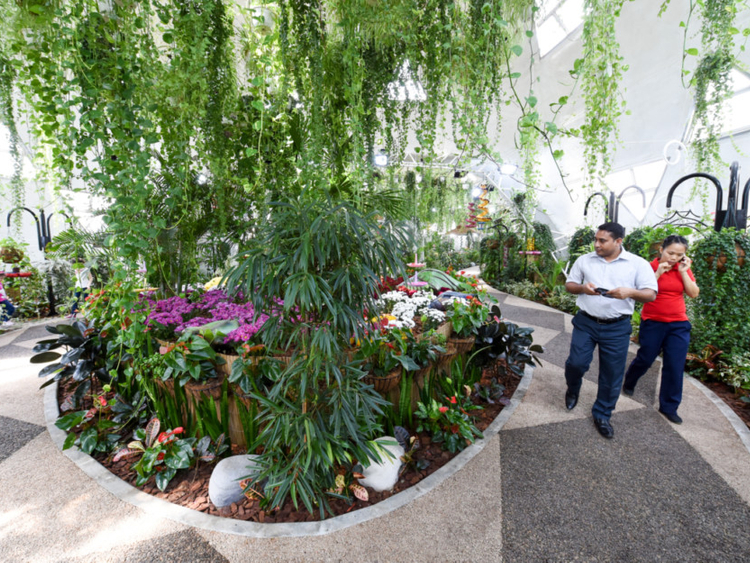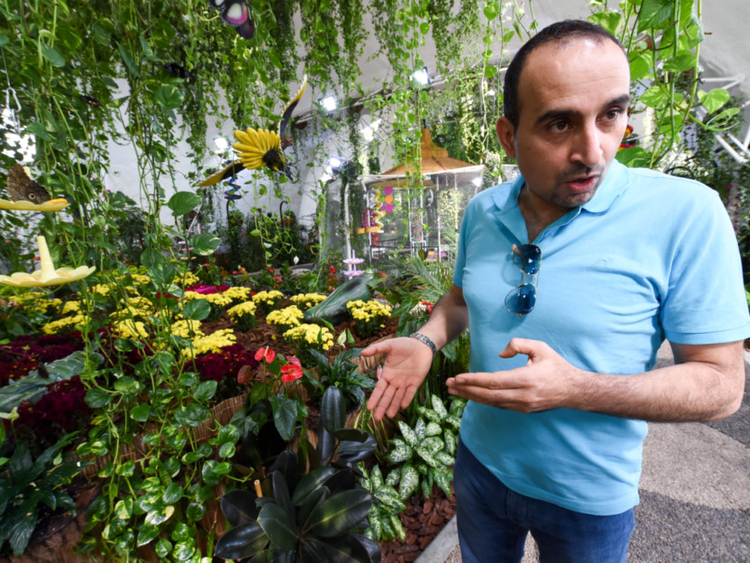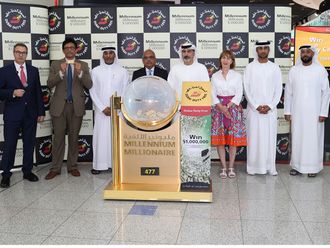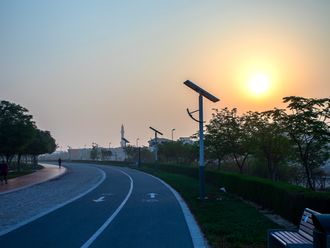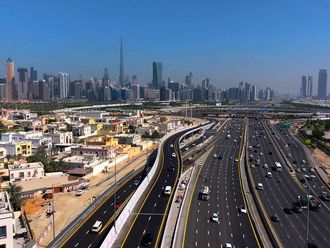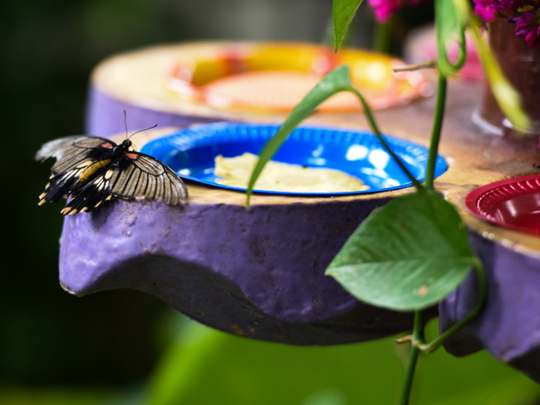
DUBAI Clark, 5, is an epitome of patience as he sits on a gazebo bench at the Dubai Butterfly Garden. “He can’t seem to get enough of that butterfly perched on his forehead,” said his mother, biding time in the picturesque enclosure for over 30 minutes.
“Where in the world can you possibly interact with so many of these beauties in such air-conditioned comfort?” asked the Briton.
It’s a scorching July afternoon and the outside temperature is 47 degrees Celsius. But inside here in the world’s largest covered butterfly garden, it’s a cool 24 degrees. Little wonder then that the recently opened park is one of the most happening attractions in the UAE this summer.
Better and bigger
“We’ve been to butterfly parks in the US. But this is much better and bigger. There is a huge collection of butterflies out here,” said American tourist Mohammed Amir who was visiting the park with Joanna.
“It is just beautiful,” said Briton Ewelina as her three children Jessica, Zak and Nicola interacted with the butterflies.
Abdel Naser Y. Rahhal, managing director of AKAR Landscaping Services which runs the garden along with the neighbouring Miracle Garden, said the park houses around 15,000 butterflies and pupa of 24 varieties at any given time.
From the owl-eyed Morpho Granadensis and bright yellow Phoebis Philea to the deep blue Caligo Atreus and the black-and-white Idea Leoconoe, the butterflies are a riot of colour. They flit around specially cultivated nectar plants and food stations across nine air-conditioned domes covering 2,600 square metres.
Creating the marvel has not been without its share of challenges. Rahhal said: “The biggest task was to create an environment that was as natural as possible. When we were working on the design, we had to keep many factors in mind like the optimum heat, sunlight, insulation, distance from traffic etc. We had to make sure there was no conflict with the activity of the butterflies.”
He said AKAR zeroed in on the idea of domes as they were unique, aesthetically appealing and easy to build. The domes have four gazebos or enclosures where visitors can get up close with the butterflies, pick them up and interact with them.
Food stations
The entire area has been specially landscaped to include a variety of colourful nectar plants. There are also 15 food stations where butterflies can feed on nutrient syrups and fruits like mangoes, pineapple and watermelon. Over 50 technicians take care of the butterflies and an additional 25 staff cater to the landscape.
One of the many tasks before the staff is to keep the butterfly population afloat and dispose of dead butterflies. Rahhal said strong and active butterflies are regularly sourced from breeders in Latin America, Africa and Asia.
Undamaged bodies and wings of dead butterflies are displayed in an adjacent museum, the first of its kind in the world, or to make souvenirs. Damaged parts are disposed of in keeping with best practice.
Rahhal said the butterfly garden has a kids’ interactive area where they can watch movies, draw and colour butterflies and get them printed on customised T-shirts.





